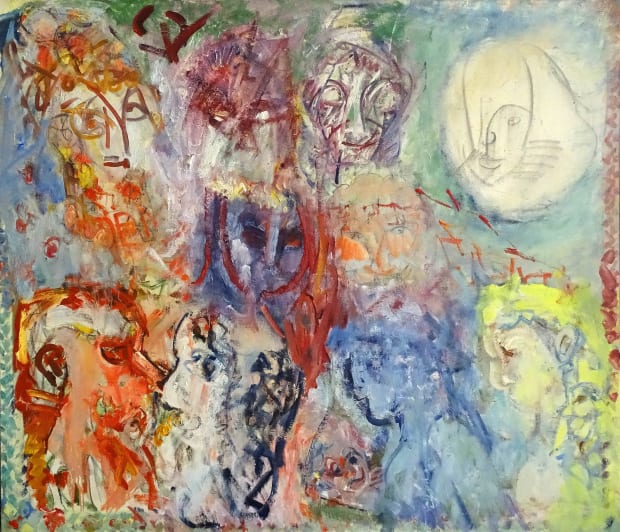The latest in our series of regularly updated Viewing Rooms.
-

Photo: © Theresa Creffield
-

-
Greenwich, Looking Down River, 1960
Charcoal on paper, 50.5 x 80cmCreffield produced a large number of charcoal drawings and oil paintings of Greenwich and the Isle of Dogs from the high viewpoint of the Royal Observatory. In many works, the imposing forms of the Royal Hospital loom large in the middle distance, but other works – such as this example – are more atmospheric affairs.
Creffield, not unlike Leon Kossoff and Frank Auerbach, produced highly evocative landscapes of a bomb-ravaged city in the aftermath of war. The use of charcoal – a material obtained by burning – seems particularly apt, yet these images are also full of hope, regeneration and a feel for the dynamism of the city. These works were completed while the artist was a mature student at the Slade School of Art (and living in nearby Lewisham), often side-by-side with his long-time friend, Dorothy Mead. Creffield had been given access to a rooftop space at Flamstead House, part of the Royal Observatory; there he could work uninterrupted and also leave his paintings, drawings and materials on site.
-
-
-
-
-







